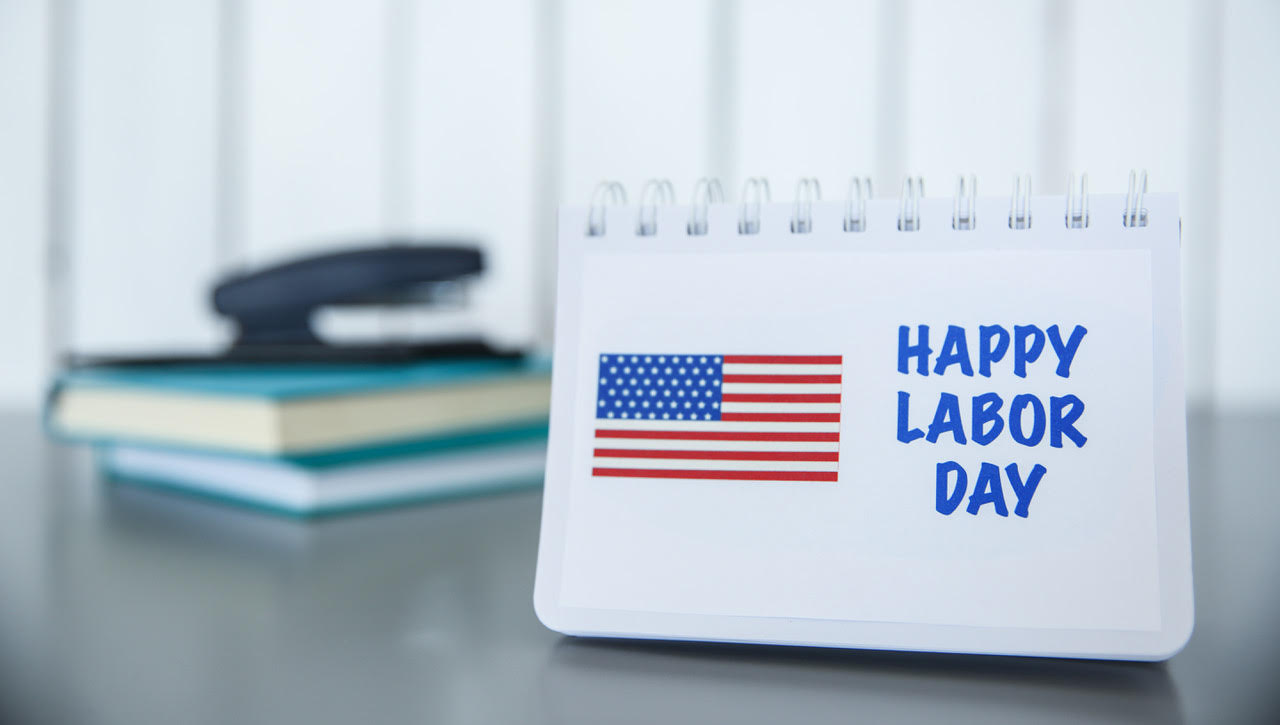The New Paycheck Protection Program: What to Expect

Find Out If Your Business Qualifies for the Next Round of Relief
After much congressional wrangling, a new $284 billion Paycheck Protection Program (PPP) for small businesses was finally approved last month.
The new COVID-relief package provides funding for any businesses that did not receive PPP money in the first program, which began at the end of March. Previous PPP recipients who can prove significant losses in 2020 over 2019 are also eligible for these additional funds.
Eligibility Requirements
In order to qualify for this new round of relief:
- Businesses must have been operational prior to Feb. 15, 2020.
- Businesses must have fewer than 300 employees.
- All previously received PPP funds must be depleted.
Corporations, LLCs, sole proprietorships, self-employed individuals, and independent contractors are all eligible to apply.
Details of the New Package
Here’s how small businesses can expect to benefit from this new round of relief:
- Most businesses are eligible to receive an amount equal to their average monthly payroll expense in 2019 times 2.5.
- Hotels and restaurants (which were particularly hard hit by COVID) may apply for up to 3.5 times their average 2019 monthly payroll costs.
- Businesses that have already received PPP funds can qualify for additional monies if they can prove losses of 25% or more in 2020 over 2019.
- Expenses paid with PPP money are now tax deductible.
- Non-profits and news outlets that weren’t eligible for the first PPP package may now receive funds.
- $15 billion has been earmarked for independent movie theaters, live venues, and cultural institutions.
- Another $20 billion has been set aside to cover targeted grants through the SBA’s Economic Injury Disaster Loan (EIDL)
- $12 billion to be used by “very small” businesses (i.e., fewer than 10 employees), those located in low-income areas, and funds for small community-based lenders.

Loan Forgiveness
Businesses can apply for PPP loan forgiveness, but only if they use at least 60% of the funds for their payroll and spend the rest on rent, mortgage payments, utilities, and interest on existing debt. (Payroll expenses include all costs for W-2 employees: wages, bonuses, commissions, health insurance, 401K contributions, state and local taxes.)
The loan forgiveness process is handled through the lender who provided the loan. Businesses must provide documentation that the funds were used according to regulations via payroll reports and expense receipts. The lenders have 60 days to approve the application. It is then submitted to the SBA, who has 90 days to either approve the application or request more information from the borrowing business.
There’s good news for borrowers of smaller loans ($150,000 or less). They may now self-certify that the PPP funds were used appropriately. Although supporting documentation must still be provided, the SBA allows these borrowers to use a simplified “check-the-box” application for loan forgiveness, SBA Form 3508EZ.
Big Borrowers May Need to Prove Economic Uncertainty
Businesses that received funds greater than $2 million with the first PPP are subject to an audit. (Maximum loan amount in the second PPP is $2 million, down from $10 million in the first program.) But they may also be required to document the “economic uncertainty” of the business at the time they applied for the loan.
Draft SBA Form 3509 is still awaiting approval by the Office of Management and Budget. If approved, the new form would require disclosures such as gross revenue, cash on hand, dividends and distributions, outstanding debt, and compensation of highly paid owners and employees.
Do Your Research
The information provided here is a basic overview of the new PPP. Bear in mind that it can — and likely will — change. We encourage you to consult with your lawyer, CPA or other financial advisor.
COVID Industry Winners and Losers
Many industries were hit hard by the COVID pandemic, while others thrived. Here are the top seven industries in both categories:
Industries Hardest Hit
- Airlines and Travel
- Hospitality
- Sports and Performing Arts
- Restaurants and Bars
- Motion Pictures
- Recreation Centers
- Clothing Retailers (particularly, business attire)
Industries That Are Thriving
- Grocery and Liquor Stores
- Cleaning Services and Products
- Technology and Online Streaming Services
- Healthcare
- Distribution and Delivery Services
- Home Improvement
- Landscaping and Garden Supplies
Sources:
Featured Image: Pixabay
Forbes
Nav
US Chamber of Commerce
Washington Post
Fortune





